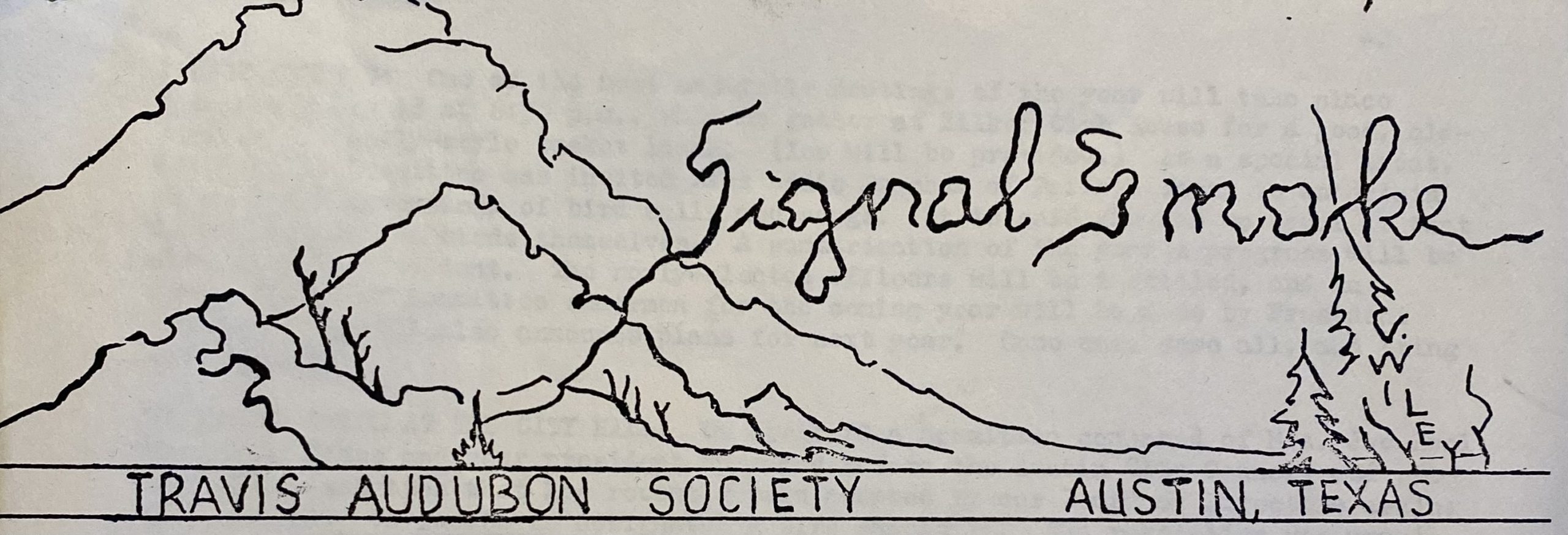Table of Contents
When I check out a child I functioned with when he was nine years of ages and currently they're 20 something, and have youngsters, and they're living this life, we recognize that what we do jobs." Download this tale: Standard cigarette use links Native youth to culture, community, and health and wellness (PDF). cultural significance of native smokes The Tobacco-Free Communities Give Program funds neighborhood neighborhood grants and technical aid and training grants that aim to decrease and avoid youth cigarette usage and address tobacco-related differences in Minnesota by promoting community-driven tobacco avoidance and control tasks and techniques
The manidog (spirits) are claimed to be extremely fond of cigarette which the only way they could obtain it was from the Indians, either by smoke from a pipeline or by offerings of completely dry cigarette. According to custom, the Indians got cigarette as a present from Wenebojo who had taken it from a mountain giant and then provided the seed to his siblings.
Dry tobacco was put at the base of a tree or shrub where medicine was gathered, and a pinch was included the water before daily of wild rice event to guarantee tranquil climate and a plentiful harvest. cultural significance of native smokes. Before laying out in a canoe, a safe return was assured by offering tobacco on the water
Indicators on Diné (Navajo) Healer Perspectives On Commercial ... You Should Know
Tobacco was positioned at tombs as an offering to the departed spirit. Prior to all spiritual events, tobacco was supplied to the spirits.
When a shaman concurred to approve a client's situation, he showed it by taking the supplied present of tobacco. Cigarette likewise sealed peace treaties in between people and agreements in between people. For such an objective, the chief typically kept a special pipeline with a long embellished stem. While pipes of this sort have been called "peace pipes," the stem, called a calumet, was really more crucial.

Smoking cigarettes together was likewise a means to secure bargains or agreements in between leaders of various teams, and providing a pipe to somebody implied an end to hostilities (cultural significance of native smokes). Smoking a pipe as part of an event or spiritual offering seems to have been around as usual as smoking it for individual satisfaction
Indicators on American Indian And Alaska Native People You Should Know
Kinnickinnick-- different other herbal substances, normally red willow-- was blended with solid indigenous cigarette in differing amounts to match the individual smoker. Personal pipelines were small with a brief stem. Kinnickinnick (an Ojibwe word) literally suggests "what is combined," and describes plant materials that Indian people blended with cigarette for smoking.
He after that made a drying out rack by splitting among the peeled stems midway down and opening up completion to form a Y. The opened up section was after that woven with criss-crosses of various other split stems to form a grid, and on this, he positioned the curlicues of internal bark - cultural significance of native smokes. He forced the rack right into the ground diagonally just over a reduced fire, so the bark was concerning a foot above the flames and could dry in the heat without being burned
Long ago, when the Potawatomi still survived the sea in the eastern and close to their grandfathers the Delaware, an old man had a desire that something remarkable would certainly grow in his yard which remained in a clearing he had made close by. In his desire, he was advised never ever to let any women approach his farm, so he cut down trees so they dropped over the stumps and made an all-natural fence.
The Main Principles Of Tobacco Use In The American Indian/alaska Native ...

His uncles and nephews teased him regarding his garden and asked him how he expected a plant of anything when he had actually planted no seed. They teased him a lot that he ended up being upset, and when everyone else went on the summer search in July, the old man remained at home to often tend to his field.
Navigation
Latest Posts
Untitled
Deck Building
Getting My Tobacco: The Early History Of A New World Crop To Work